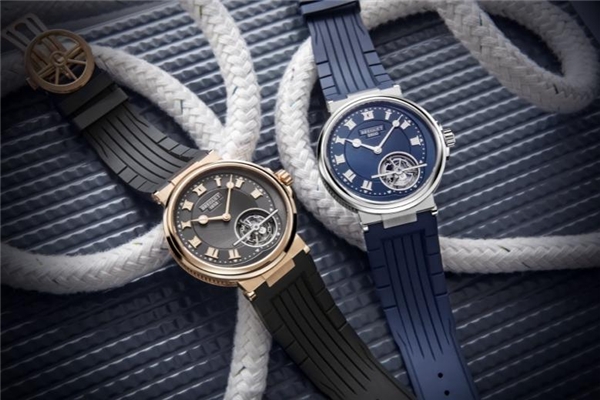Some ancient ancestors of giant baleen whales did not filter their food through plates of hair-like bristles like their modern kin. Neither did they have teeth. Instead, they may have used powerful suction to vacuum up their prey, according to a fossil analysis.
The authors of the research are challenging the established theory of how this group, which includes humpback (Megaptera novaeangliae) and blue whales (Balaenoptera musculus), evolved their characteristic baleen plates.
鈥淚t kind of rewrites the textbooks on that transition,鈥?says Carlos Mauricio Peredo, a palaeobiologist at George Mason University in Washington DC. He presented the analysis at the Society of Vertebrate Paleontology meeting in Albuquerque, New Mexico, on 17 October.
Over the past decade it has been widely believed that the toothed ancestors of baleen whales went through a stage of evolution in which they had both teeth and baleen before losing their teeth completely 鈥?but fossil evidence to support that has been inconclusive.
Peredo and his colleagues analysed a fossil that doesn鈥檛 have teeth and that they believe lacks evidence of having had baleen, which suggests that early whales in this group lost their teeth before they developed baleen.
The origins of baleen and feeding in these whales has been a hot topic in recent years, says Jorge Velez-Juarbe, who studies the evolution of marine mammals at the Natural History Museum of Los Angeles County in California. The latest specimen reinforces the idea that the group"s ancestors used suction feeding, and that baleen and filter feeding came only after they lost their teeth, he says.
Fossil re-examined
The fossil whale in question was found in the 1970s in Oregon and dates to between 33 million and 32 million years ago, during the early Oligocene period. Although it has been in the collection of the Smithsonian National Museum of Natural History in Washington DC, where Peredo is also based, it has been little studied.
The fossil consists of much of the upper skull, lower jaws, forelimbs, ear bones and several vertebrae. In life, the animal would have been a little bigger than a minke whale at around 4.7 metres in length.
Baleen is made of keratin, the same substance as hair and fingernails, and very rarely fossilizes. Instead, palaeontologists look for evidence of foramina 鈥?holes in the upper jaw that once held the nerves and blood vessels supplying the gums from which baleen plates grew.
The new species 鈥?which will be named and described in an upcoming paper 鈥?lacks the kind of foramina seen in fossils of whales that were clearly filter feeders, says study co-author Mark Uhen, also a palaeontologist at George Mason University.
Furthermore, the margins of the animal鈥檚 palate 鈥?the roof of the mouth 鈥?are incredibly thin and completely lack tooth sockets, he says, making it very unlikely the animal had teeth.
Instead, the anatomy of the throat bones suggest it would have been a very capable suction feeder, Peredo says. The idea that this species had neither teeth nor baleen is likely to be controversial, he adds, but other cetaceans, such as beaked whales, also lack both foraging aids.
Seeds of doubt
Others are less convinced. Robert Boessenecker, who studies early whales at the College of Charleston in South Carolina, argues that the creature鈥檚 relatively long snout would have made it a poor suction feeder.
He also says that parts of the fossil are poorly preserved: 鈥淭he edges of the palate are missing, meaning that we can鈥檛 conclusively say that teeth were absent.鈥?He is not convinced that the foramina are definitely missing, because the surface of the palate is highly fractured.
Peredo disagrees, saying that although the palate is broken in a few places, it has one large, relatively complete section. The lower jaw of the fossil is especially well preserved, leaving little doubt that it lacked teeth.
Jonathan Geisler, who researches the evolutionary history of whales and dolphins at the New York Institute of Technology in Old Westbury, agrees with the authors that the bone in the snout of the fossil is so thin that it is hard to imagine it could have supported teeth. But deciding whether this whale had evidence of baleen is much more challenging, he says.
Studying the embryological development of living baleen whales could provide clues about the true nature of the evolutionary transition from toothed whales to filter feeders, say Peredo and Uhen. Baleen whales have teeth at an early stage in the womb, but these are reabsorbed into the body before birth. 鈥淲e know for a fact that at birth they have baleen and they do not have teeth; the question is what is happening in the womb,鈥?Peredo says.
 时尚街拍网
时尚街拍网














